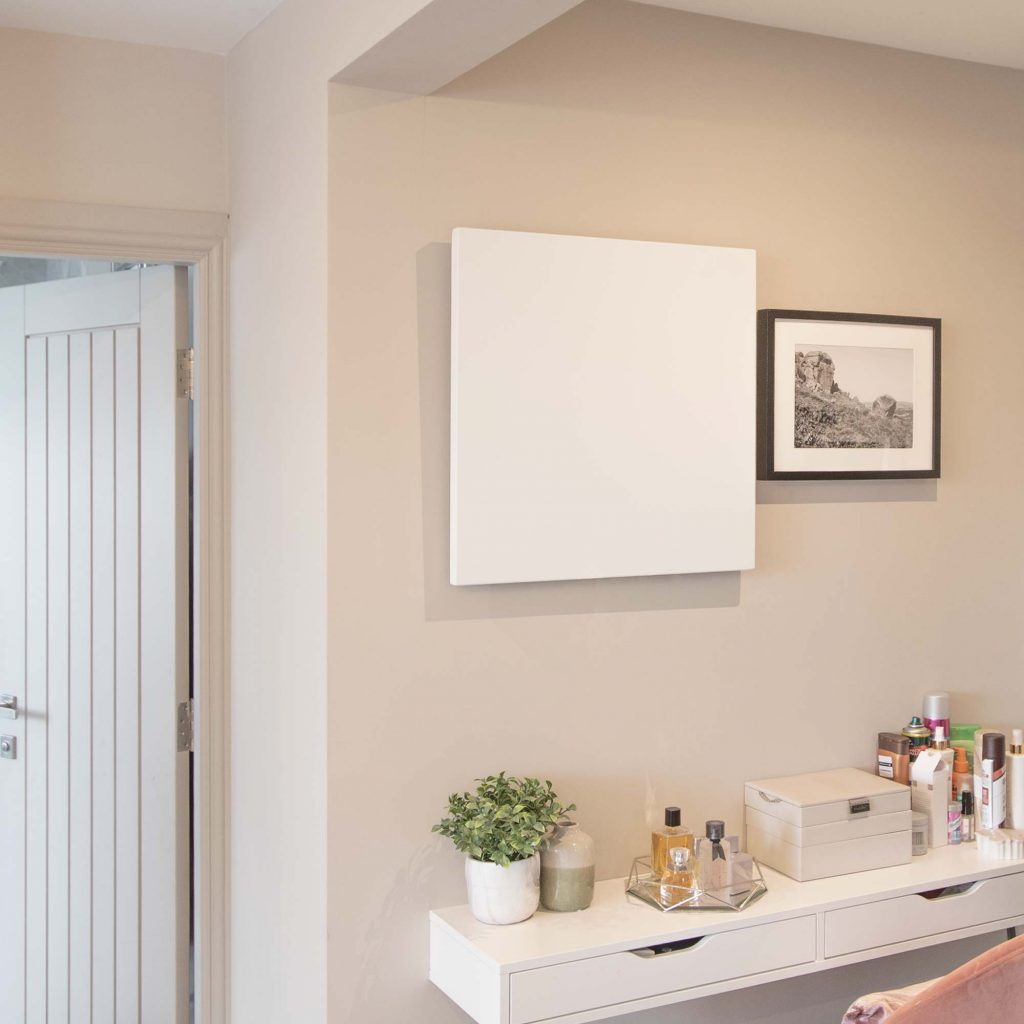In the ever-evolving landscape of home heating, low carbon options continue to gain momentum – with infrared emerging as a promising alternative. Efficient and cost-effective, can it also be considered carbon neutral? Let’s explore what we mean by carbon neutral heating, delve into the role of infrared, and discover how you can transform your home with renewable energy.
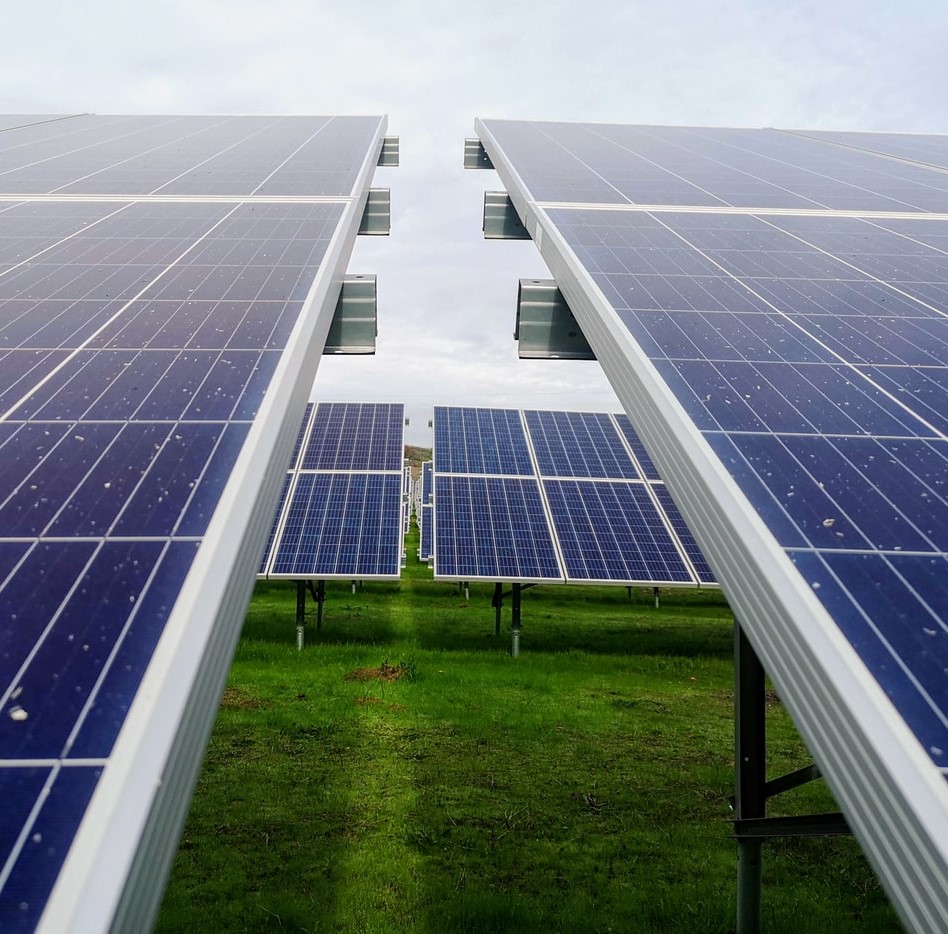
What is carbon neutral heating?
It’s simple – carbon neutral heating refers to a heating system that has zero carbon emissions. Powered by renewable energy, it releases zero harmful pollutants into the atmosphere using a constant, unending supply of energy. Carbon neutral heating allows households to go green and save money in the long run, as well as other far-reaching benefits for your household, the community, and environment as a whole.
What are the benefits of carbon neutral heating?
- Environmentally friendly – You’ll be significantly reducing your household’s carbon footprint and helping to protect against climate change.
- Cost savings – While initial setup costs will be steep, by generating your own electricity you can expect significant long-term savings as a result.
- Increased property value – Homes with carbon neutral heating systems are likely to have higher resale value and appeal to environmentally-conscious buyers.
- Low maintenance – With safety assurance and fewer moving parts, there’s less maintenance involved than traditional systems.
- Cleaner air indoors – Emitting zero harmful pollutants, you’re able to create a healthier home environment overall.
- Supports the green economy – You’ll be encouraging the shift towards a more sustainable society, boosting new jobs and infrastructure.
Can infrared heating be carbon neutral?
Yes, infrared heating can be considered carbon neutral since it doesn’t directly produce emissions like a gas or oil-based system does. Infrared heaters are incredibly efficient because they deliver a direct transfer of heat, warming the people and objects in their path rather than wasting energy trying to heat the air. With in-built energy-saving features and smart control, you’re guaranteed absolute efficiency.
- 100% efficiency – Every single watt of energy drawn from the mains is converted into useable heat, minimising energy waste and maximising your heating’s potential.
- Direct heat transfer – Emitting radiant warmth that heats people directly, there’s no heat loss to draughts, ceilings or open windows.
- Same heat, less energy – Infrared heaters can emit the same level of warmth as convection-based systems using less power. For instance, they might only have to work at a third of their wattage in homes with good insulation, helping you to keep energy usage to a minimum without compromising comfort levels.
- Zoned heating – Because infrared directs warmth to everything in its line of sight, it’s particularly effective in open plan and otherwise lofty areas that are susceptible to heat loss. Strategically mount your infrared heater to target specific sections, avoiding the unoccupied parts of your home.
- Energy-saving features – With programmable timers, precision thermostats, open window detection and adaptive start, infrared heating benefits from in-built functions designed to enhance efficiency.
- Smart control – With WiFi app and voice control, homeowners can finetune settings effortlessly, even while on the go.
With all this said and done, true carbon neutrality depends on the source of electricity used to power it. For instance, if your electricity comes from fossil-fuel based power plants, then the process of generating energy for your infrared heaters will still emit harmful pollutants. So, it’s not an ideal process – but you’re not without options to rectify this.
How to make infrared heaters carbon neutral from start to finish
If you’re looking to cut out the middleman and power infrared heaters using 100% clean energy, there is a way: renewable energy sources.
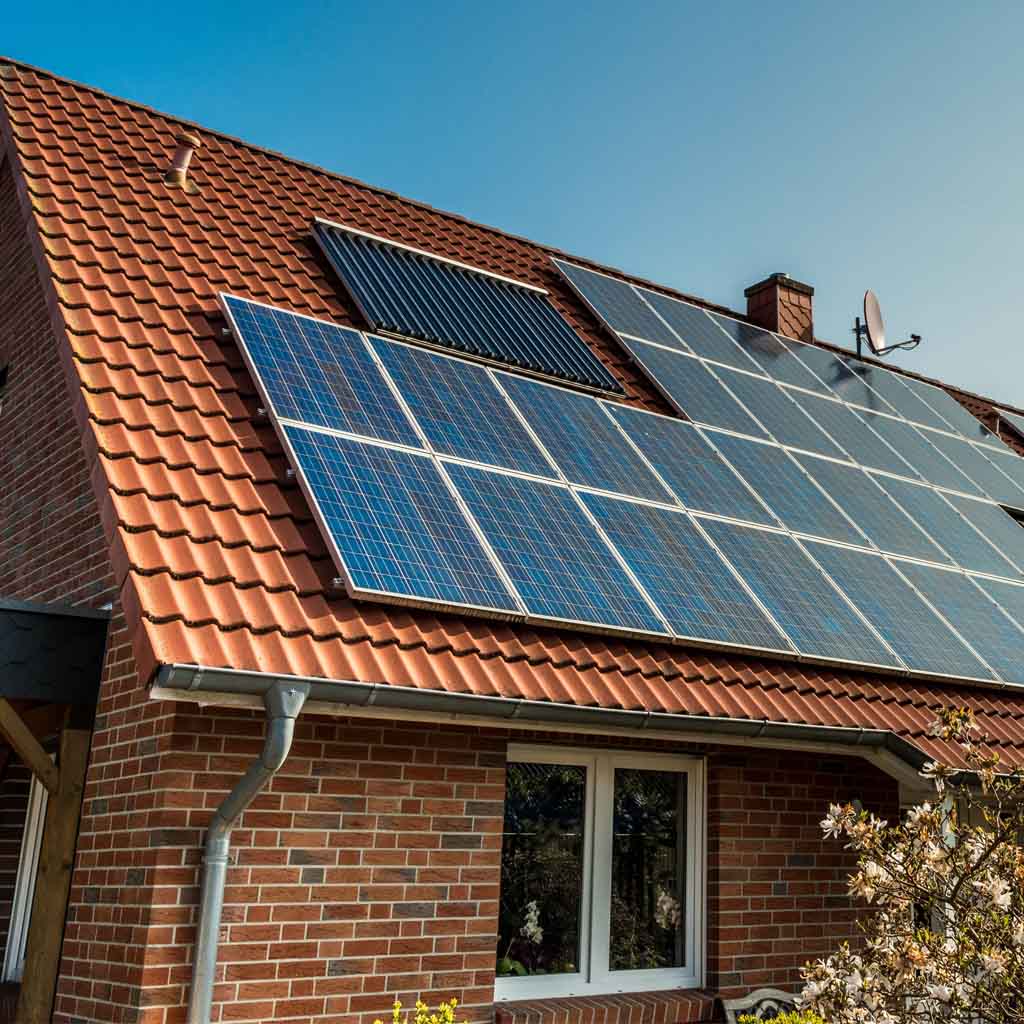
Solar panels
Installed on rooftops or as ground-mounted systems, domestic solar panels absorb sunlight and generate it into electricity. An inverter converts the direct current (DC) electricity into alternating current (AC) which is fed back into the mains of your home. Of course, energy production is dependent on daylight hours, and you’ll need to make sure your region produces enough sunny days to meet your needs, but with minimal maintenance and a long lifespan, they’re a practical choice for many households – and usually the most affordable, too.
Wind turbines
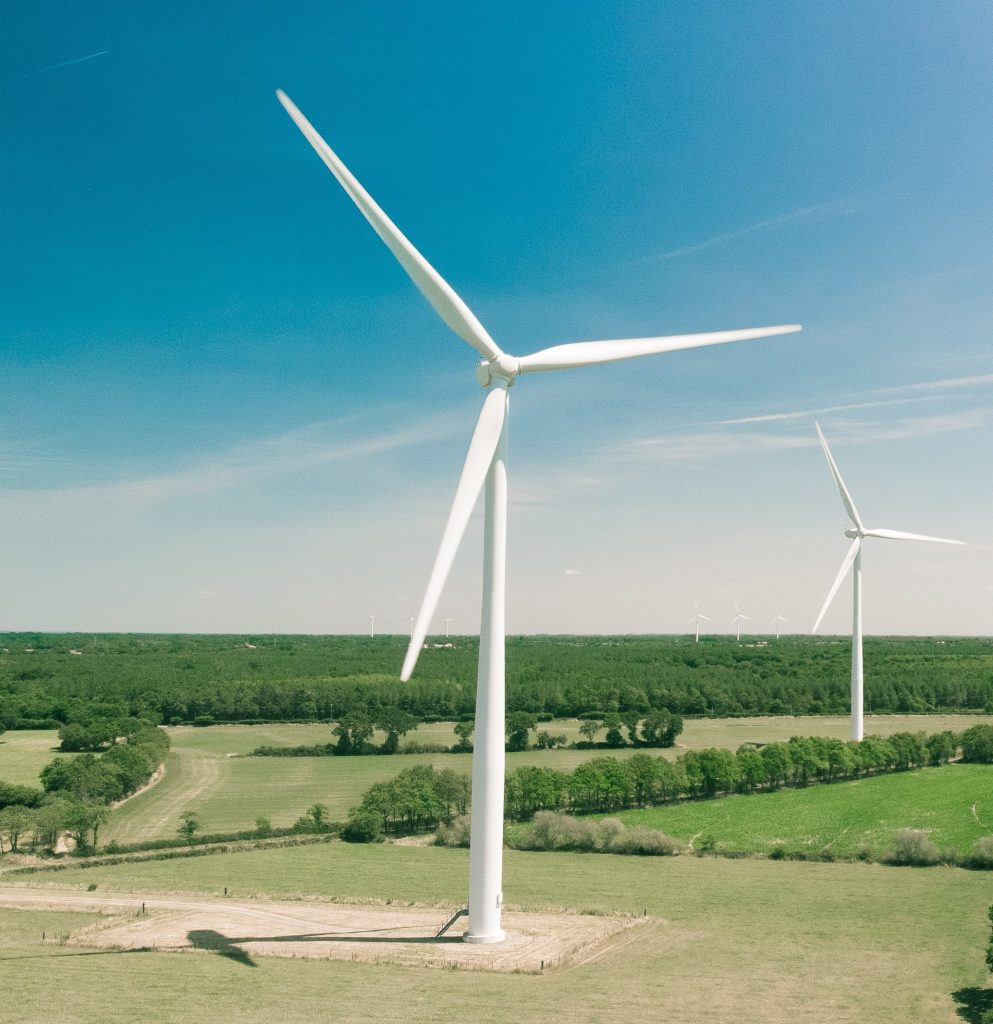
Harnessing wind energy through a turbine system, these domestic versions work very similarly to the titans you see out in the countryside, just on a much smaller scale. A sturdy tower is erected with the turbine mounted on top to capture the wind at higher altitudes. The kinetic energy from the rotating blades is transferred to a generator inside the turbine, producing electricity for your home. While installation costs lean towards the higher end, you should also see higher yearly savings. Plus, an assessor will need to check if the local average wind speeds will generate enough electricity. If everything works in your favour, domestic wind turbines make a viable option for many households, promising a return on investment within a few years.
| Solar Panels | Wind Turbines | |
| Upfront costs | Moderate to high (£5,000-£10,000) | High (£9,000-£30,000) |
| Yearly Savings | Moderate (£270-£430) | High (£500-£1,500) |
| Space Needed | Rooftop or ground-mounted at 17-100 sq. ft. per kW | Standalone tower – land needed. Swept area can’t exceed 3.8m2 |
| Energy Production | Dependent on sunlight hours and weather conditions | Dependent on wind speed and consistency |
| Maintenance Needs | Low (cleaning and inspections) | High (regular inspections & repair) |
Can you sell electricity back to the grid?
You certainly can – through a government grant called the Smart Export Guarantee. All the renewable sources we’ve mentioned are eligible, and all you need to do is sign up for a SEG tariff with an energy supplier. Not only will you be earning through any surplus electricity you send back to your provider, but you’ll see some long-term savings on your energy bills thanks to your homegrown electricity. Unfortunately, SEG payments aren’t enough to phone home about – chances are you’ll only receive between 2-5.6 pence per kWh. Still, it’s better than nothing!
Is there a cheaper way to invest in renewables?
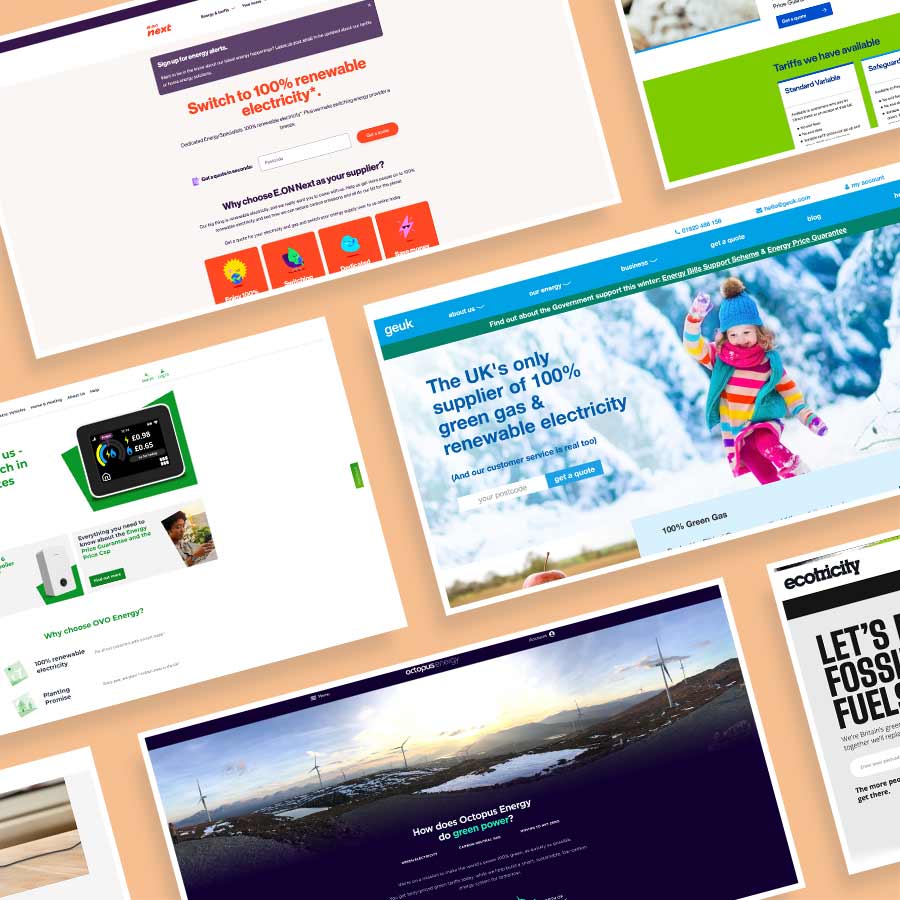
Yes – since many UK households don’t have the space or funds to invest in renewable energy, you can instead switch your tariff to a renewable energy supplier. It’s a much more accessible approach to carbon neutrality, and thanks to a growing market, you’ve got a good variety of suppliers to choose from. While you research a new energy provider, you should keep in mind where they’re getting their energy from, if they’re offering 100% carbon neutrality and if they’ve been certified by government schemes. That way, you’re putting your money where it really counts and setting a standard for the future.
Go green with Infrared Heaters Direct
Switching to a carbon neutral system isn’t going to happen overnight, but investing in infrared heaters for your home is one of the best ways to get you started. Our smart, slimline infrared panels are the perfect choice for living spaces, and our electric patio heaters are guaranteed to bring lasting comfort to the outdoors. If you’re looking to heat a business, we have a range of commercial and industrial heaters that can tackle even the loftiest of interiors, so browse our full range today. If you have any questions about our products, don’t hesitate to get in touch with our team of experts who’ll be more than happy to assist you.


